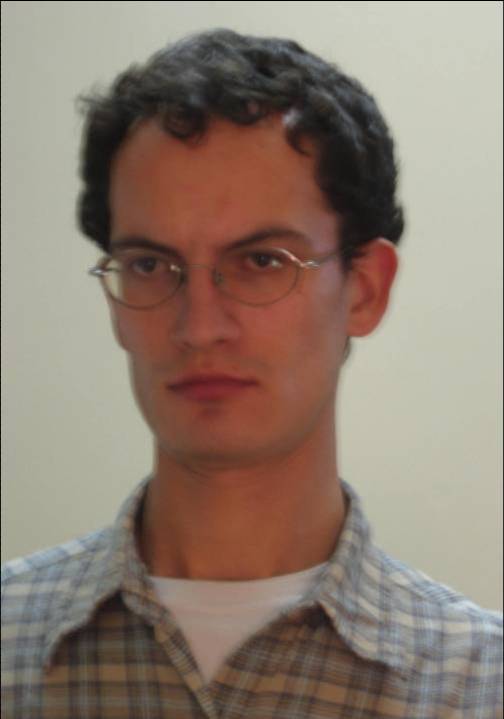It appears that at this late capitalist moment the reprise of the journal-keeping tradition of the Enlightenment period could only have happened on a post-industrial scale of the multitude of self-valorizing individuals that leap with their insta-confessions into the short-circuited eternity of the digital memory of the internet.
A difficultly to access present-value dimension of my urban experience of Manhattan does bring up to my memory other attempts to deal with experience of exile, displacement and diaspora. What I did not expect is that all of these three dimensions are going to be conflated in a single conflictual moment where each struggles to overtake the definition of how my self should find a way to articulate itself in the contingent circumstances of the temporary research stay.
Maybe it is the common fate of all research journals that quickly discover the limitations of the research agendas that they are expected to observe from the margins of the personal experience of the stakes, struggles, and objects that each social field offers to attentive view. Not that the resistance associated with practices anchored in text-regulated relations of ruling, as are the objects of modern and contemporary art, is something new to consider.
Rather in such moments of researcher's personal displacement in social space and historical time a direct confrontation occurs between individual traveling self and the multiple locations that serve as temporary points of arrival. The provisional character of each spatial dwelling must be the circumstance that turns otherwise actualized places into non-places. Relatedly the pressure on the traveling self in the direction of more urgent search for actualization intensifies.
Maybe that's the subtext of all siren calls for going from one place to another. Travel, as a more domesticated form of displacement, not only represses the awareness of the pain and suffering that displacement, as the other side of the coin that going from one place to another mints, has usually entailed. The non-places in this subliminal geography of spatial relations of movement must in this respect share common properties with the spaces of museums that in their progressive development as transparent places where exhibits could claim exclusive attention come to resemble the great many other public places that the first modernity became associated with: train terminals, airports, winter gardens, libraries, city halls, and subways.
While what is conventionally considered to be the private domain comes to mind as a counterpart to public spaces, the extensive crossover in between generically public institutions and private ownership observable in the process of transition from the first towards the second modernity apparently creates hybrid spaces that as non-spaces of corporate headquarters, parks run as public-private partnerships and art museums under certain conditions grant to general public access to the kinds of space that are considered to represent particular good.
One can argue that such hybridization of spaces that serve both private and public interest, as is the case with sponsorship arrangements, art museum bequests and donations, or non-governmental organizations support, goes contrary to the definition of the public sphere as differentiated from others.
One can also argue that legal provisions for the possibility of private support for what lies in the domain of public good violates the autonomy of the latter to the extent that the difference between the public and private interest becomes impossible to draw.
One can further argue that the remarkable indistinction between public and private spaces as is observed in the case of art museums particularly has its roots in the constellation of governmental policies that in their totality represent a mode of regulation that distinguishes one economy from another.
In this respect theoretical reconstruction of metropolitan art museum as institution that is intimately related to the dominant mode of regulation can shed light on the role that cities play in the mode of accumulation that these cities metonymically represent. To speak of New York is to speak of place that has played crucial role in the first modern moment to the extent that one can speak of the long twentieth century as an American century.
Would then Beijing be the metonym for the second modern mode of both regulation and accumulation?
Friday, July 13, 2007
Subscribe to:
Posts (Atom)
